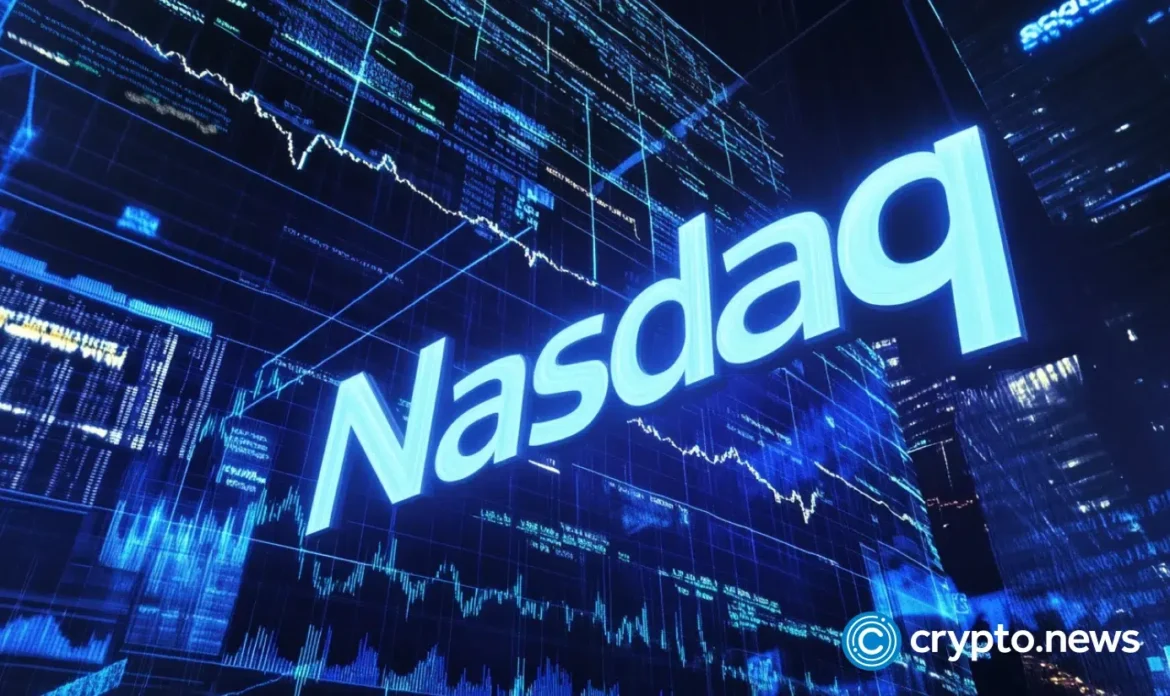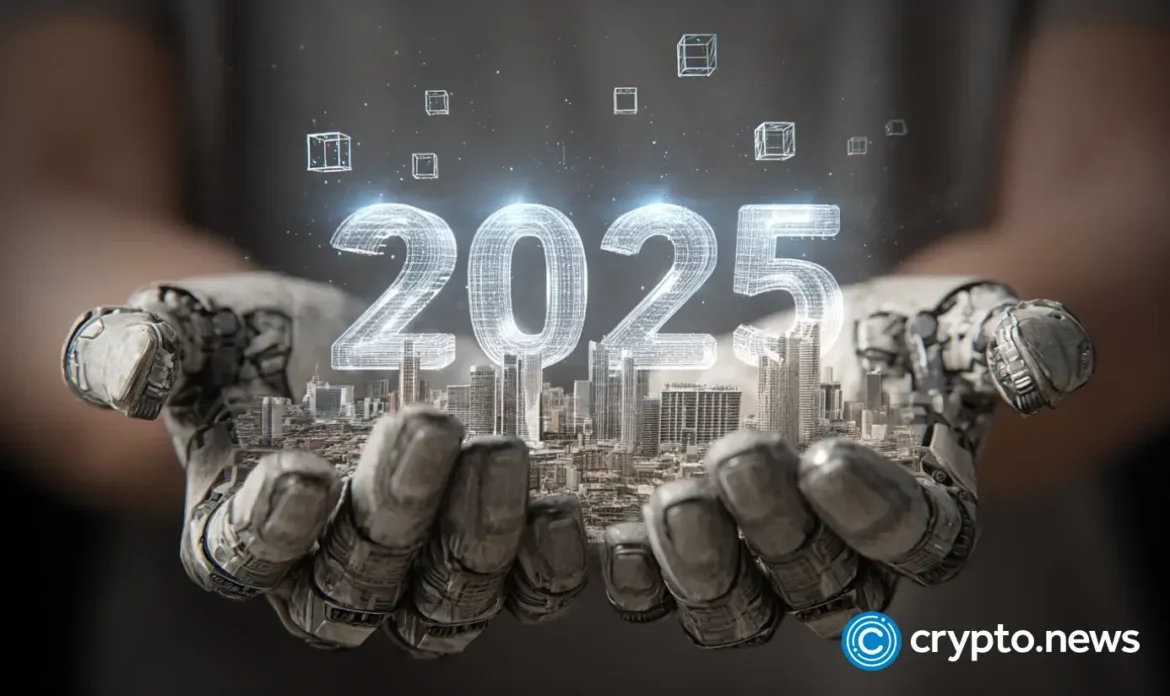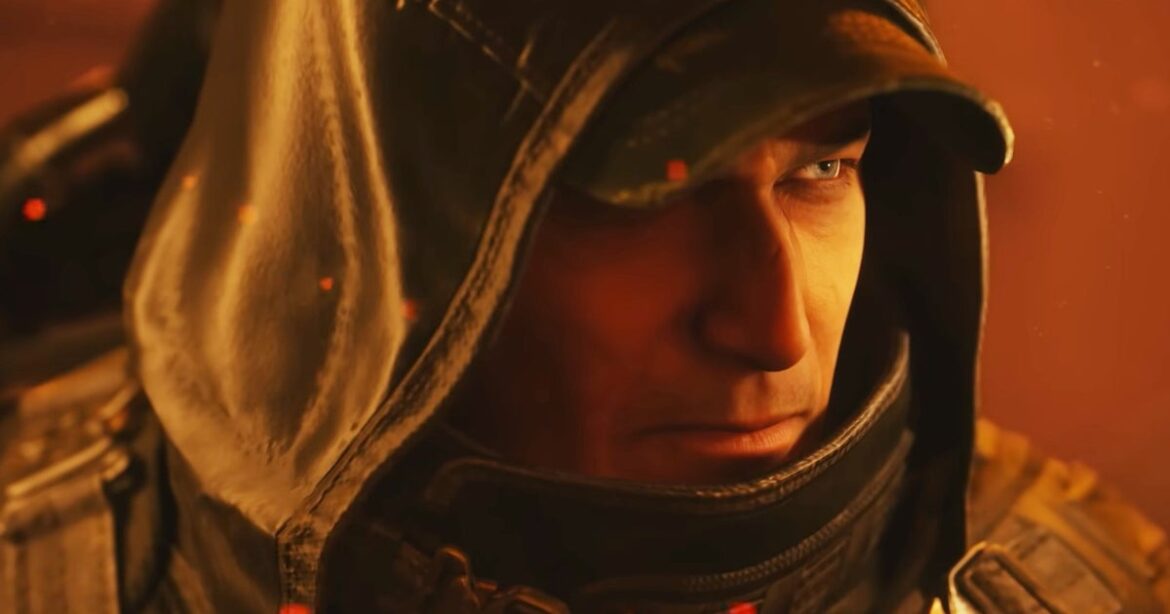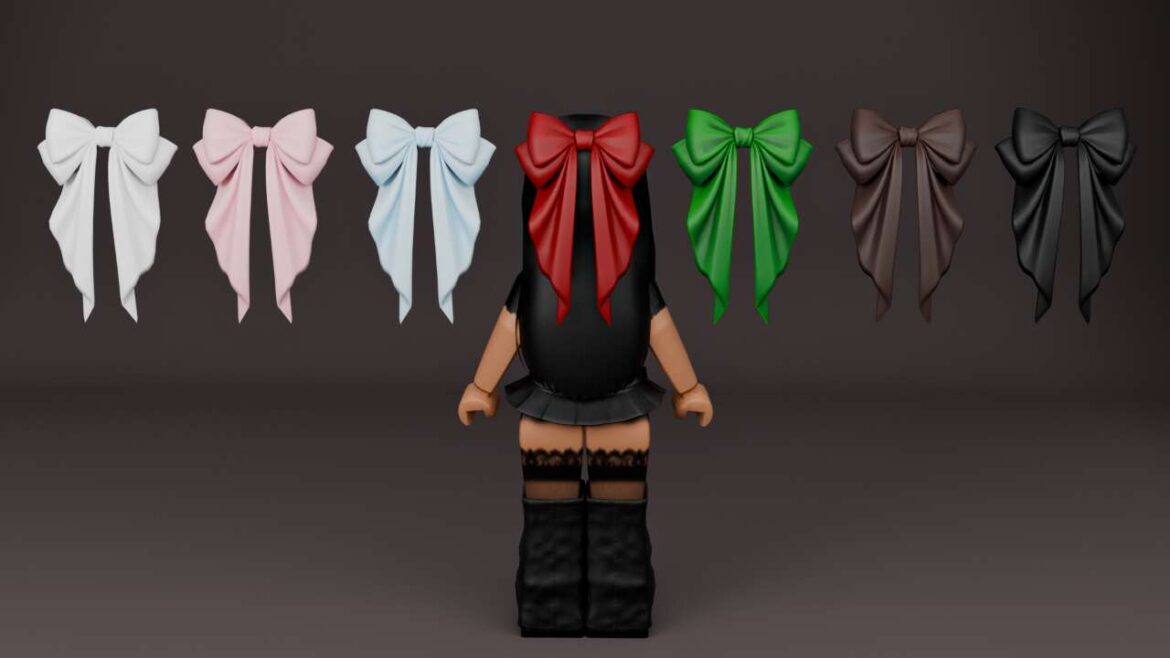Figure Technologies, a blockchain-based consumer lending platform, had a strong NASDAQ debut.
Summary
- Figure Technologies IPO’d on NASDAQ, valuing the company at $7.62 billion
- The company raised $787.5 million from investors, with the offer price at $25
- Stock started public trading at $44 per share, later stabilizing at $31
Wall Street is showing a strong appetite for blockchain stocks. On Thursday, September 11, blockchain-based consumer lending firm Figure Technologies had a strong start on the Nasdaq. The company sold 31.5 million shares in its initial public offering, raising $787.5 million from investors.
Shares started public trading at $44, significantly higher than the $25 offering price, valuing the firm at $7.62 billion. Although the shares later stabilized at $31, the strong opening indicates significant interest in companies that leverage blockchain to solve real-world problems.
The company’s co-founder, Mike Cagney, stated that Figure is just one example of how blockchain can transform entire industries. He explains that the technology has the potential to lower costs by cutting the need for trusted intermediaries.
So if you think of something like the stock market, it’s an easy example. Seven parties sit in between buyers and sellers of every transaction. Blockchain has the ability to distill that down just to two, Mike Cagney, Figure.
Figure promises to transform home equity loans
Unlike some other crypto-related investments, Figure is not a speculative project. Instead, it is a business that solves a real problem in consumer lending. Notably, home equity loans are typically slow and costly to approve.
Figure claims that it can originate home equity loans in 5 to 10 days, compared to the U.S. average of 42 days. The firm uses blockchain to track key credit data, including credit scores, home equity, and property valuations, and to keep this information transparent. Still, using technology to solve a problem that usually requires trained professionals raises questions, and Figure still has to prove its track record in the long run.





